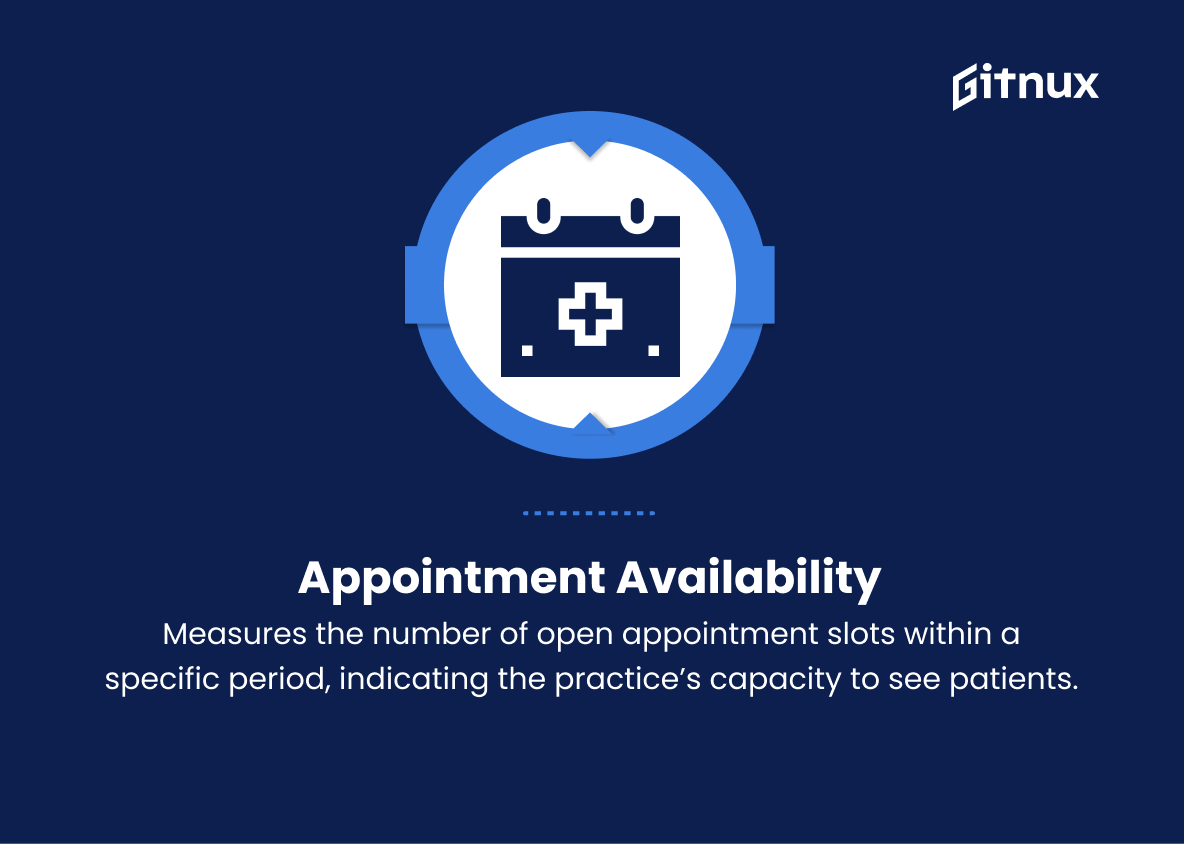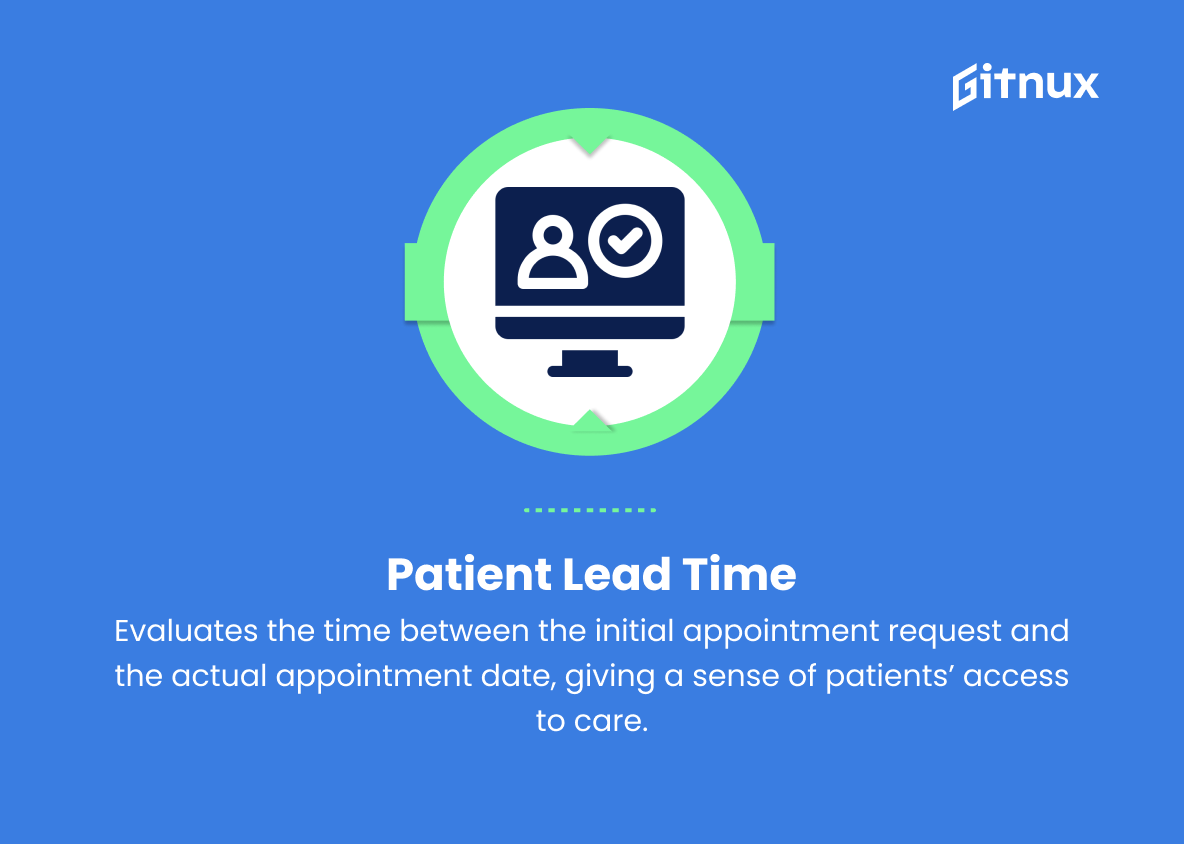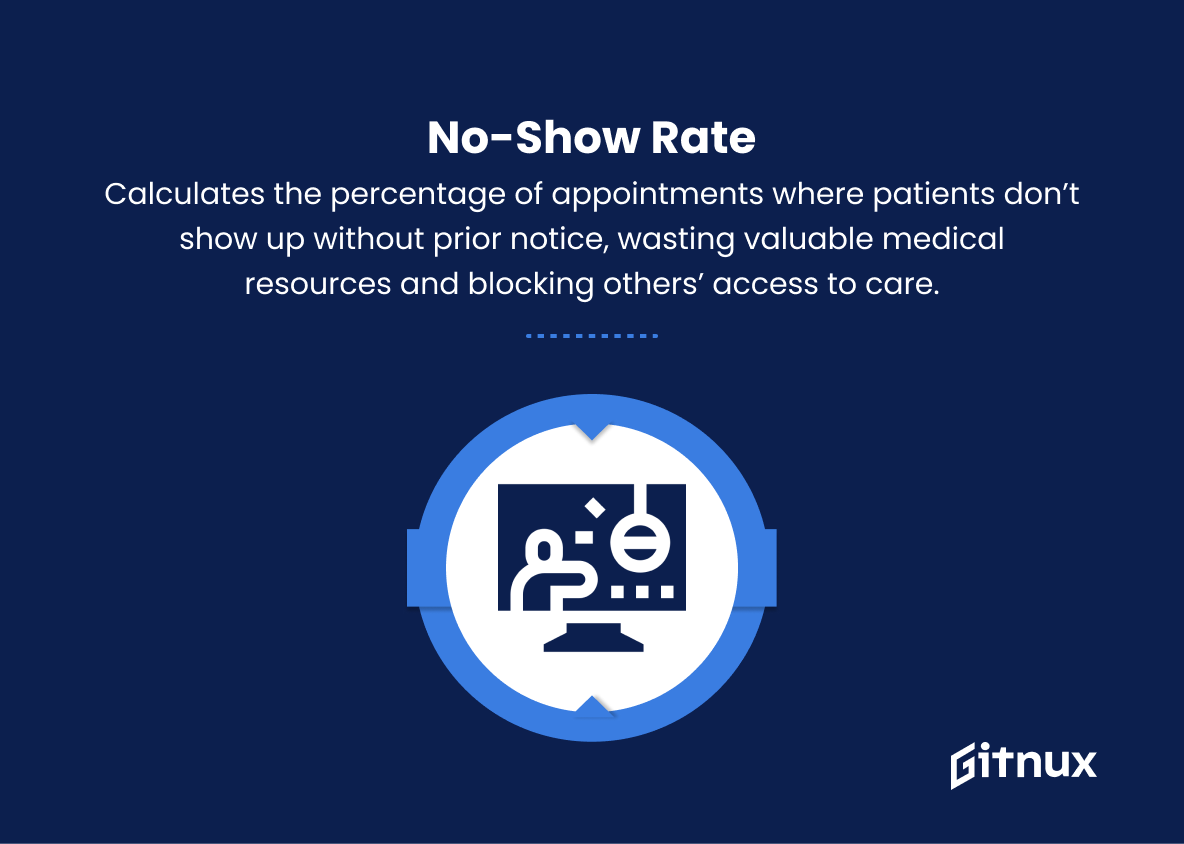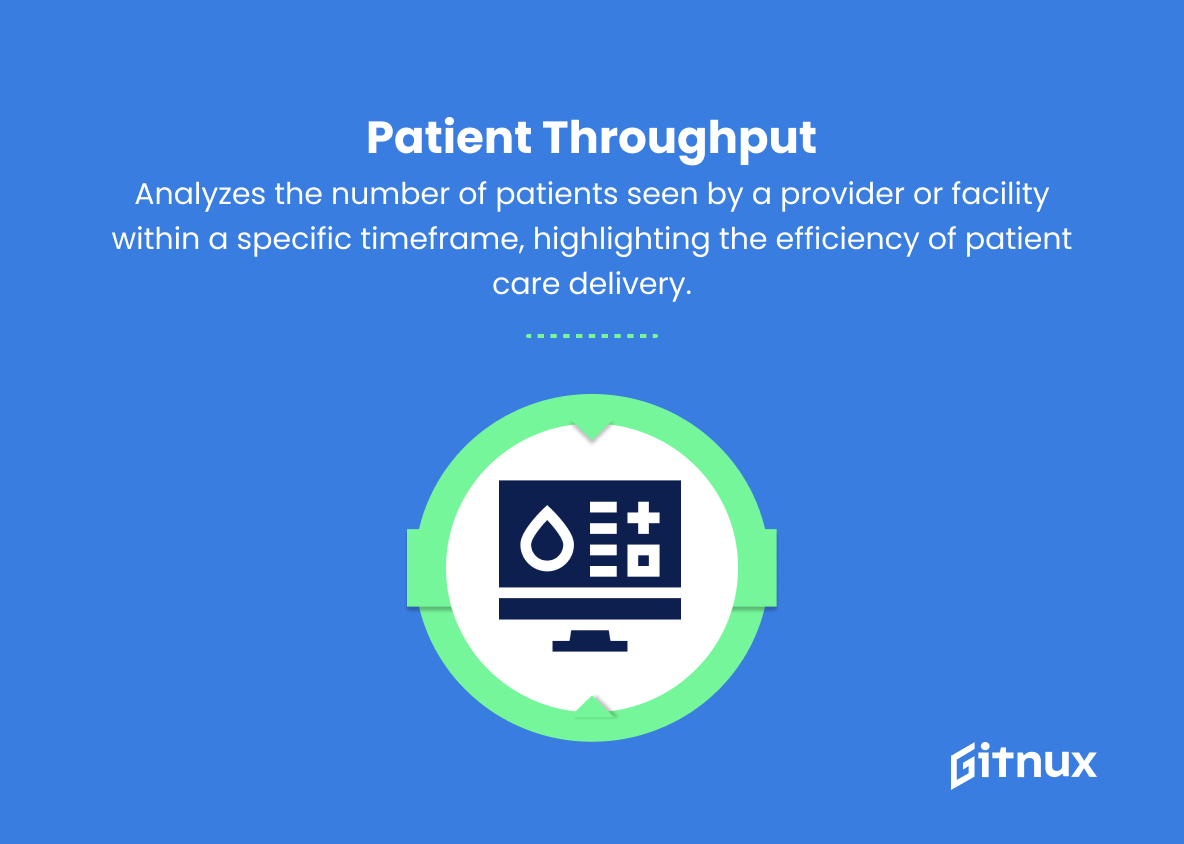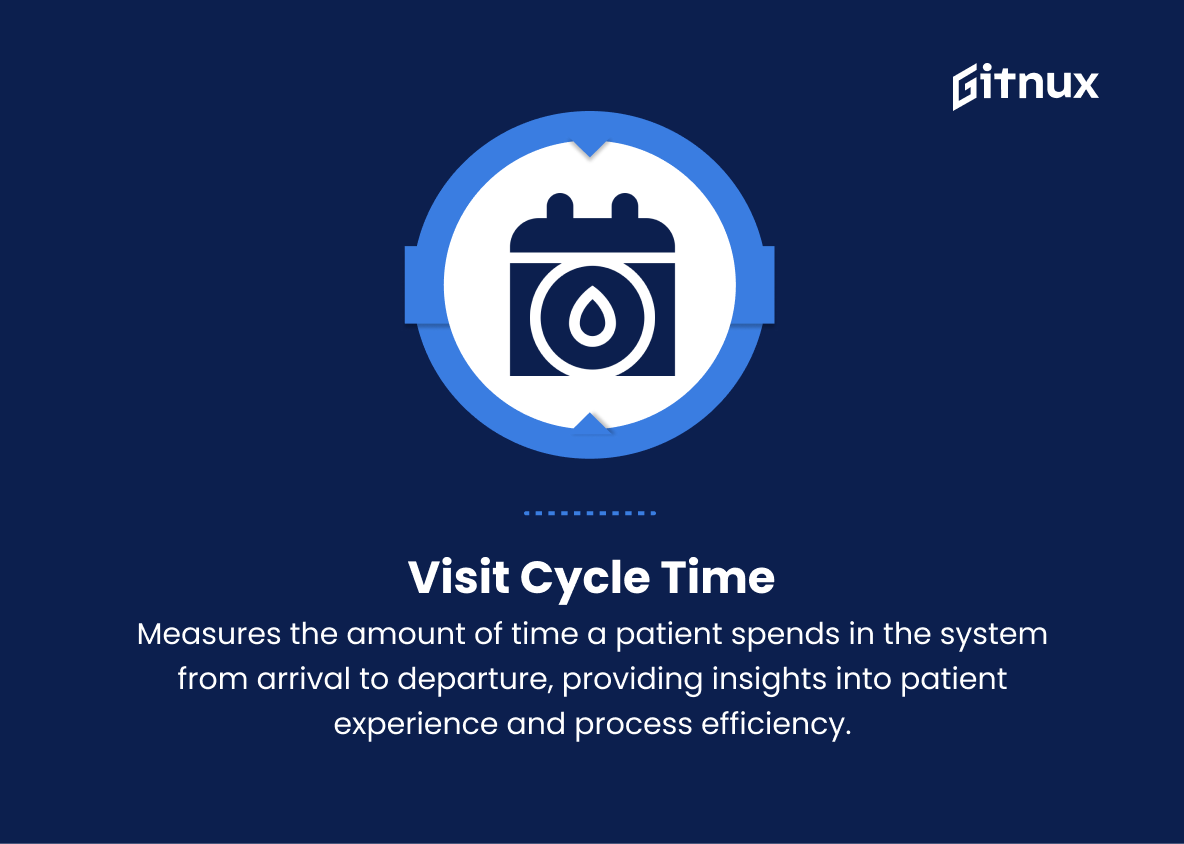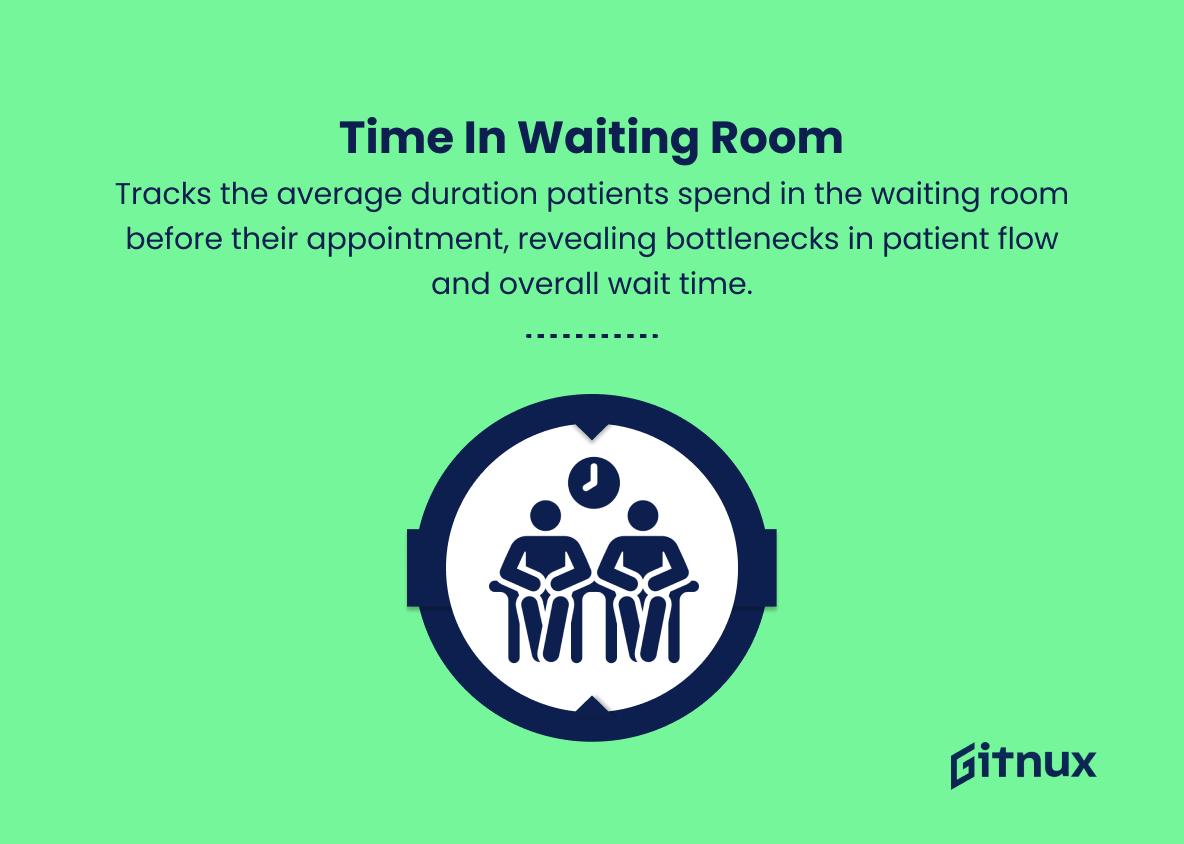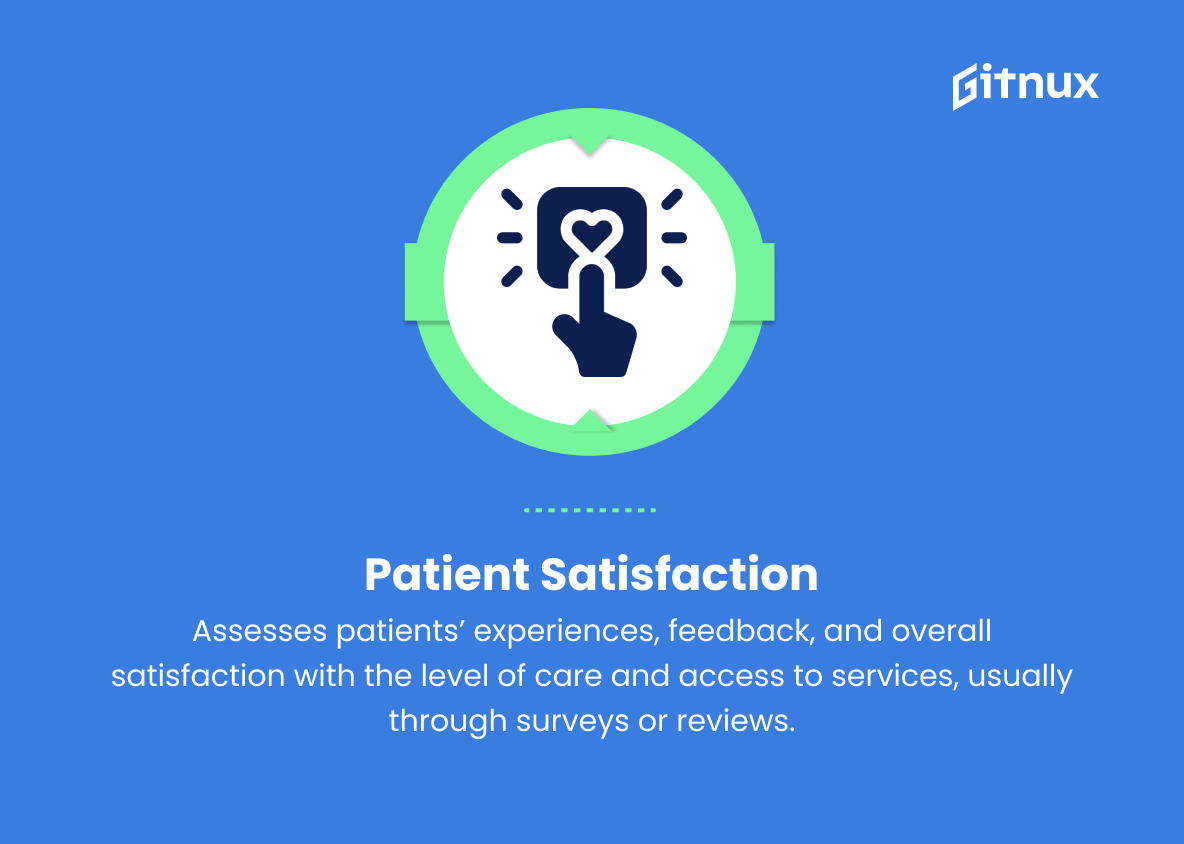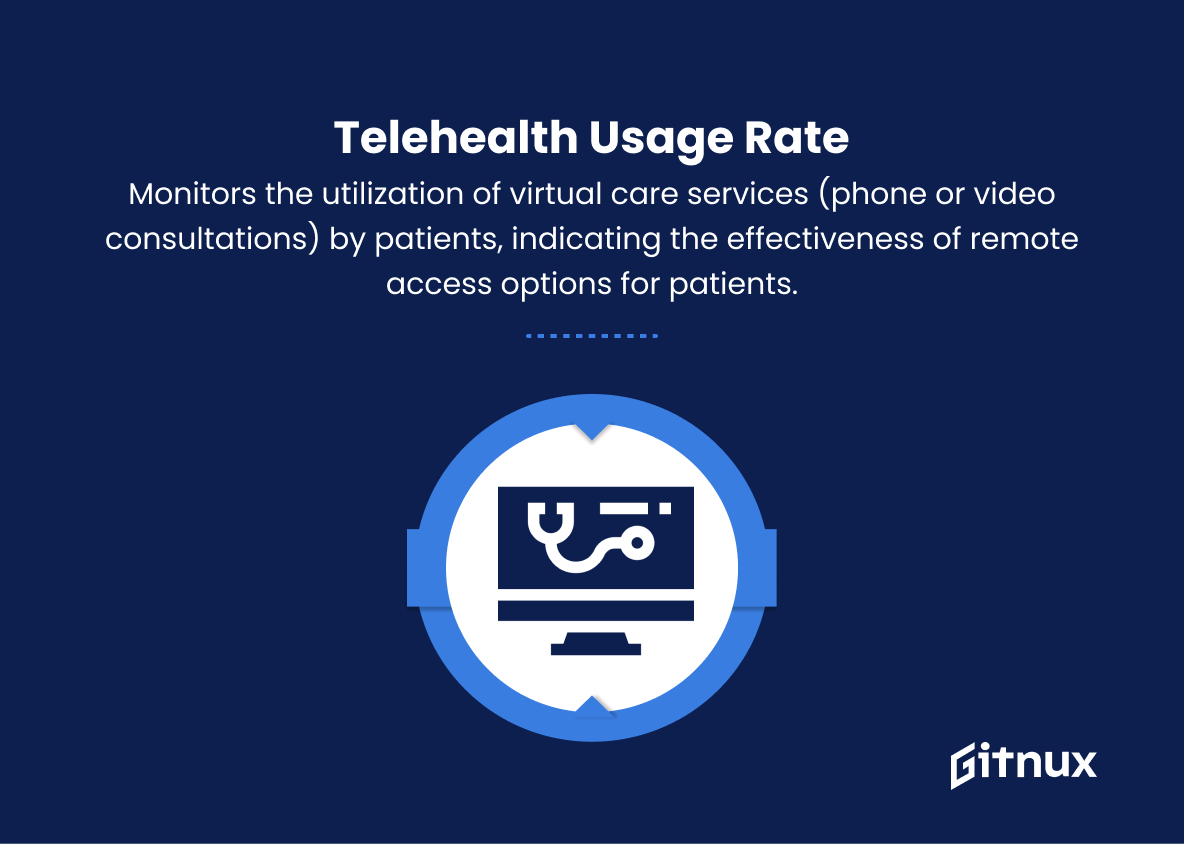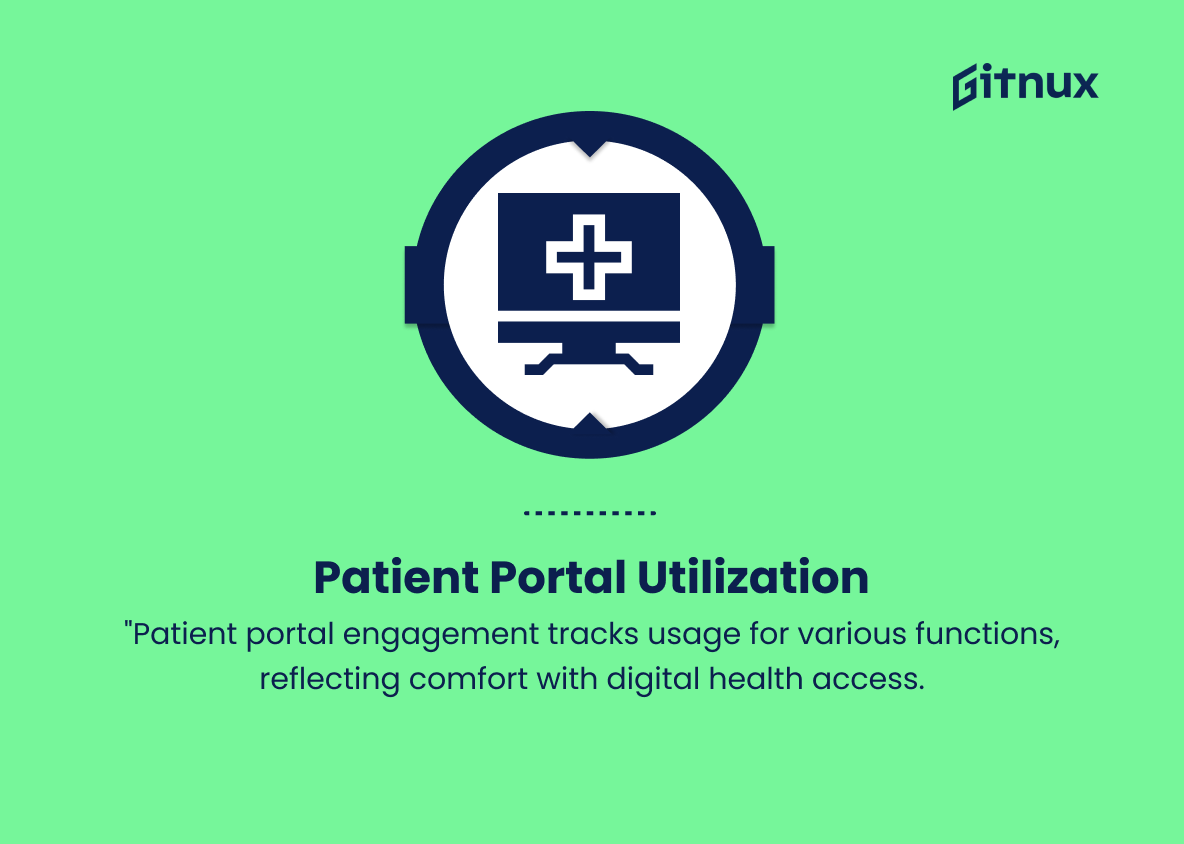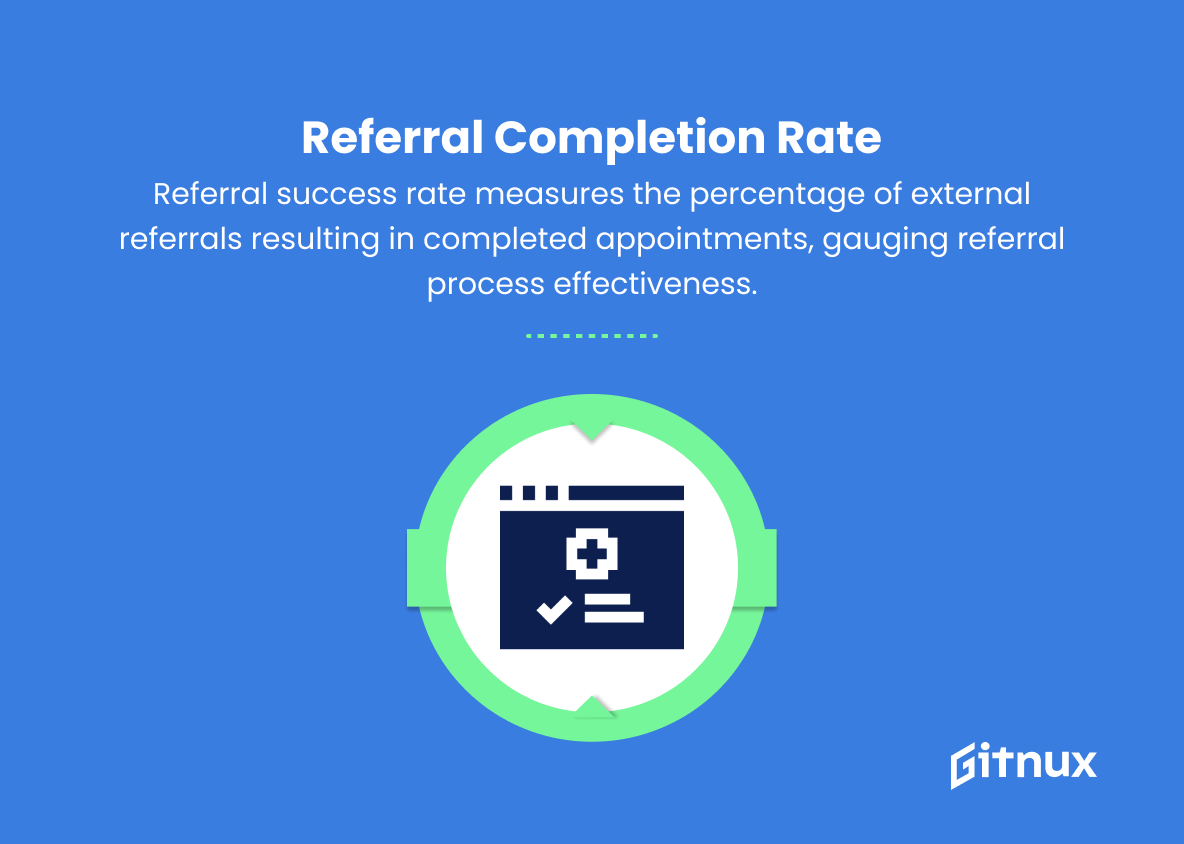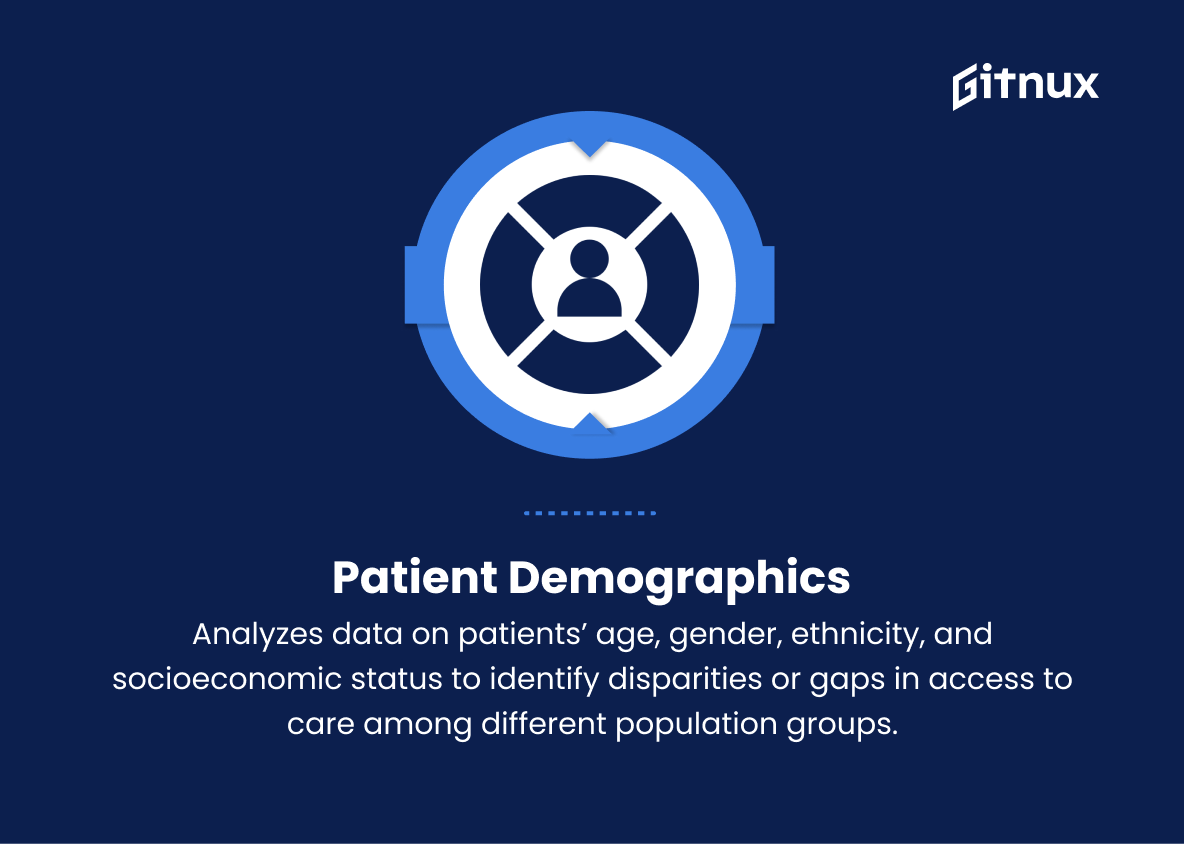In today’s rapidly evolving healthcare landscape, patient access to care remains a pivotal concern for healthcare providers, institutions, and policymakers alike. As the gatekeeper to vital medical services, patient access is a multifaceted issue that encompasses a range of metrics, from wait times and appointment availability to ease of information access and communication channels.
This blog post takes a deep dive into the world of patient access metrics, shedding light on their significance, the challenges and opportunities they present, and how healthcare providers can leverage these measurable indicators to transform the patient experience and, ultimately, improve outcomes. Join us as we explore the critical role that patient access metrics play in ensuring equitable, efficient, and timely access to quality healthcare in the ever-changing industry landscape.
Patient Access Metrics You Should Know
1. Appointment Availability
Measures the number of open appointment slots within a specific period, indicating the practice’s capacity to see patients.
2. Third next available appointment
Assesses the average waiting time for non-urgent appointments, typically by checking the third open appointment slot in the scheduler.
3. Patient lead time
Evaluates the time between the initial appointment request and the actual appointment date, giving a sense of patients’ access to care.
4. No-show rate
Calculates the percentage of appointments where patients don’t show up without prior notice, wasting valuable medical resources and blocking others’ access to care.
5. Cancellation rate
Monitors the percentage of appointments cancelled by patients, tracking the efficiency of the scheduling process and potential impacts on patient flow.
6. Patient throughput
Analyzes the number of patients seen by a provider or facility within a specific timeframe, highlighting the efficiency of patient care delivery.
7. Visit cycle time
Measures the amount of time a patient spends in the system from arrival to departure, providing insights into patient experience and process efficiency.
8. Time in waiting room
Tracks the average duration patients spend in the waiting room before their appointment, revealing bottlenecks in patient flow and overall wait time.
9. Patient satisfaction
Assesses patients’ experiences, feedback, and overall satisfaction with the level of care and access to services, usually through surveys or reviews.
10. Telehealth usage rate
Monitors the utilization of virtual care services (phone or video consultations) by patients, indicating the effectiveness of remote access options for patients.
11. Patient portal utilization
Tracks the engagement and usage of online patient portals for functions, including appointment scheduling, prescription requests, and document access, reflecting patients’ comfort with technology and digital health access.
12. Referral completion rate
Evaluates the percentage of external referrals (to specialists or other care providers) that result in a completed appointment, demonstrating the effectiveness of the referral process and access to specialized care.
13. Patient demographics
Analyzes data on patients’ age, gender, ethnicity, and socioeconomic status to identify disparities or gaps in access to care among different population groups.
Each of these metrics provides a snapshot of different aspects of patient access in healthcare settings, helping providers identify areas of improvement, streamline processes, and optimize patient satisfaction.
Patient Access Metrics Explained
Patient Access Metrics play a crucial role in understanding and improving healthcare practices by offering insights into different aspects of patient engagement, satisfaction, and overall access to care. Metrics such as appointment availability, third next available appointment, and patient lead time assess the accessibility and efficiency of scheduling, while no-show rate, cancellation rate, and patient throughput highlight gaps in the utilization of medical resources. Furthermore, visit cycle time, time in waiting room, and patient satisfaction contribute to an enhanced understanding of the patient experience, helping providers identify bottlenecks and refine their practices.
The adoption of digital health solutions, like telehealth usage rate and patient portal utilization, reflects patients’ comfort with technology and indicates the effectiveness of remote access options. Finally, metrics such as referral completion rate and patient demographics help providers evaluate the success of external referral processes and identify disparities in access to care among different population groups, enabling them to provide equitable services to all patients.
Conclusion
In summary, patient access metrics are crucial in evaluating and improving the overall patient experience within the healthcare system. These metrics allow healthcare providers to identify bottlenecks, streamline workflows, and optimize resources to ensure patients receive timely and efficient care.
By continuously monitoring and adjusting based on data-driven insights, healthcare organizations can significantly enhance patient satisfaction, leading to better health outcomes and increased trust in the system. It is essential for healthcare professionals to recognize the importance of these metrics and take necessary steps for continuous improvement, ultimately leading to a more effective and patient-centered healthcare experience.
